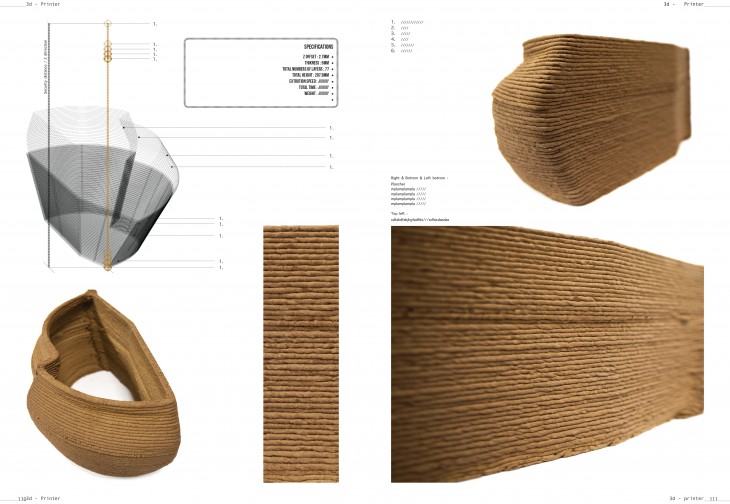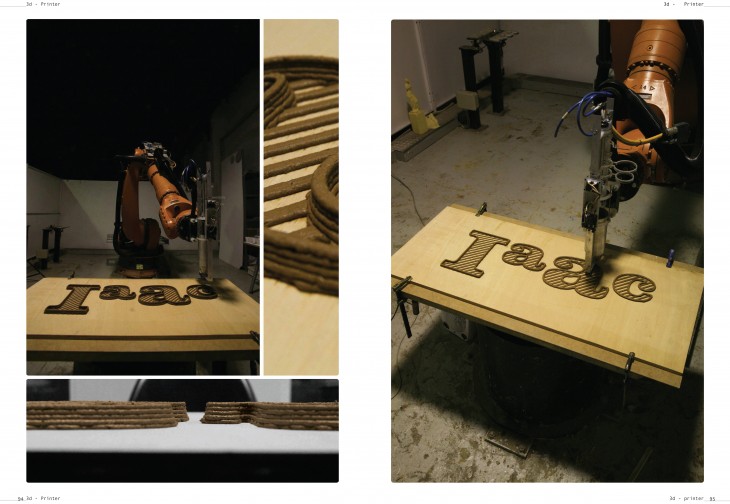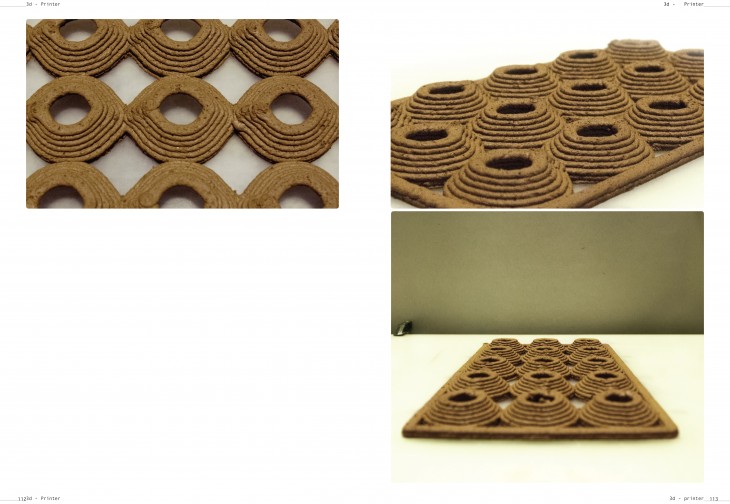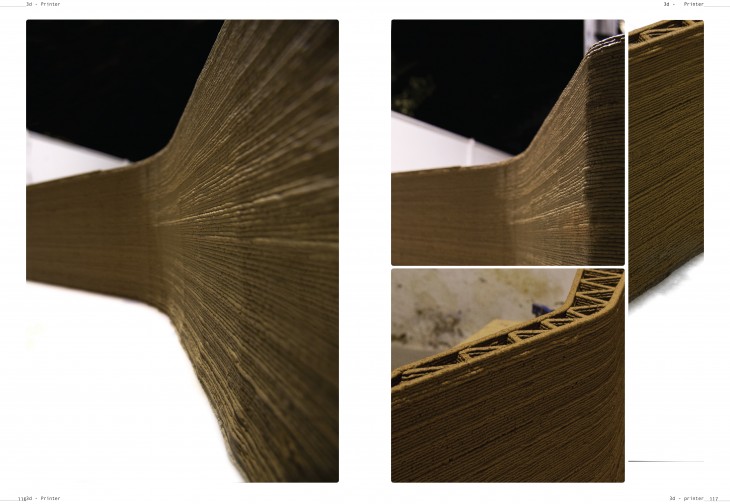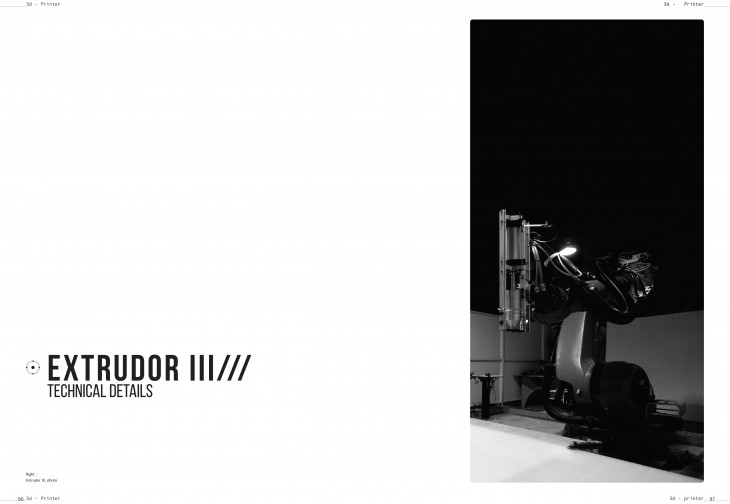PYLOS ///
by Sofoklis Giannakopoulos
in collaboration with Enrico Dini (d-shape) and Slow Life
This abstract portrays the development of a research project with the final objective of designing and fabricating a large scale 3D Printer using natural clay as the printing material. The project focuses on the difficulties of the concept itself, that needs to be further developed, however after the first stages already revealing impressive results.
In the first stages of the research project a new protocol has been set up towards the investigation of the material chosen, soil, and the relative science, both physical and chemical, connected to this material.
Earth, or Soil, as a construction material, has been used since Neolithic times. The advantages of an earth – soil structure are primarily related to both environment and economy, being both secure and environmentally friendly. These constructions also offer the benefits of natural insulation, fire protection, air circulation and more, with regards to their comparison to conventional building techniques and typologies.
The project focused on the behavior of the soil when mixed with other ingredients, towards a better understanding of the material and potential composites. Each sample developed showed different behaviors, all of which have been recorded, also through the testing of their tensile strengths, to then compare these results towards the development of a prime material. So as to fulfill this phase of the research, a crash machine was developed and built. Graphs were then implemented showing the results of the relative material testing, generating a comprehensive analysis of the materials and results.
The choice of the diverse composites mixed with the soil evolved according to the different needs encountered through the development of the material: different viscosity, different deflocculates…etc. Some of the composites tested included salty water, cement, alcohol, cellulose, wood powder, gelatin and sodium carbonate.
The main goal of this phase of the research project was to investigate and record the importance of material behavior. This process consequently generated rules and guidelines towards the final fabrication of the 3d Printer to be used with the developed material.
The development, starting from basic composites towards more elaborate ones, contemporarily to the development and manufacturing of the machine, driven by the research and results on the material behavior, reveals the protocol towards the fabrication of the final machine.
In this sense, one of the more impressive material results that illustrates the power of material science was chosen, and an extruder was then developed to print with this particular material.
The interest to develop additive manufacturing, specifically 3d printing, as a construction method, moreover when printing with natural materials, particularly in this time of economic and environmental crisis, is undeniable. The material results obtained through the development of the first phase of this research project are extremely promising, and consequently push the interest towards the further development of the machine itself.



